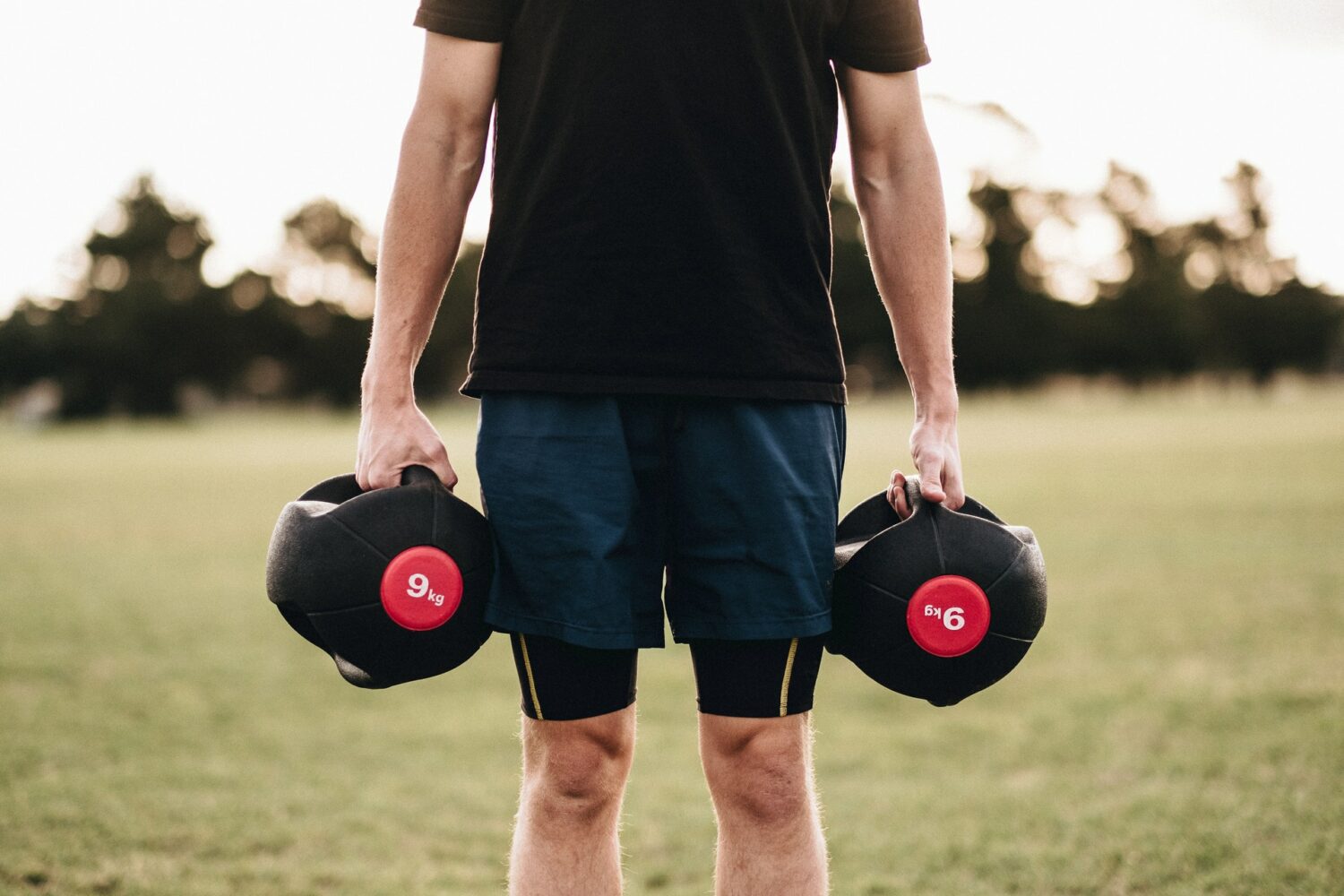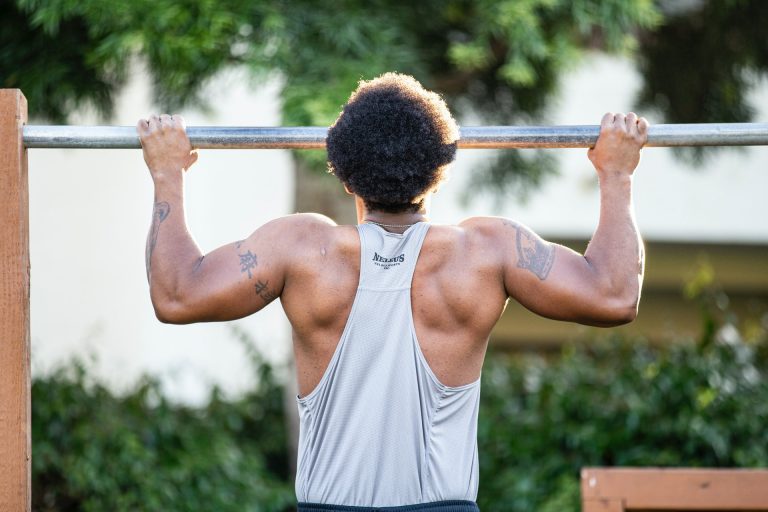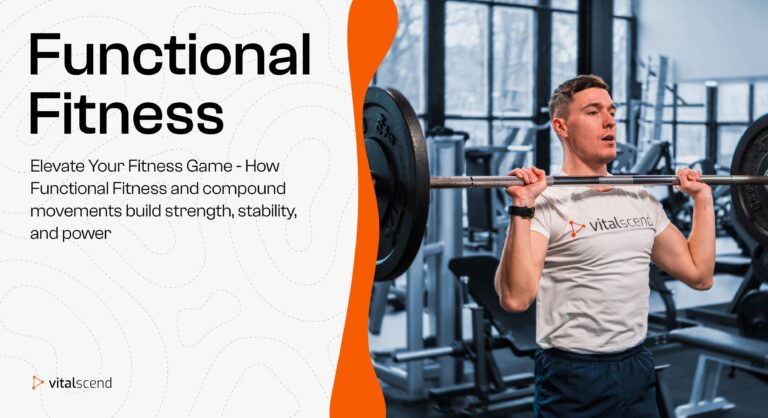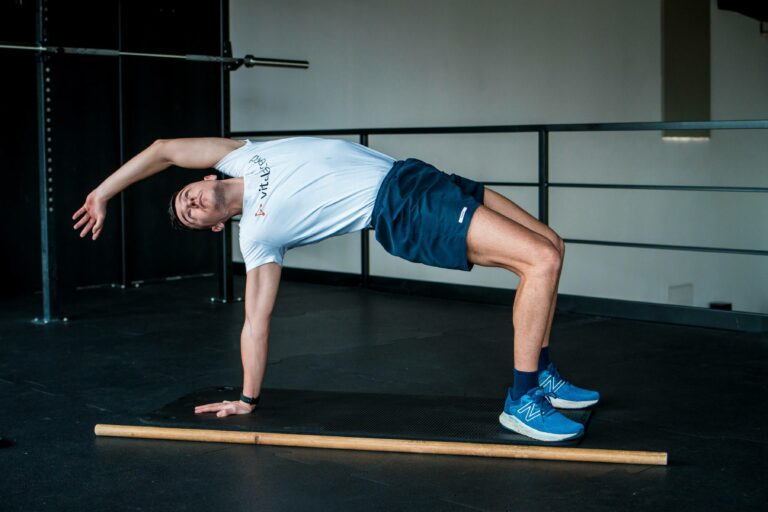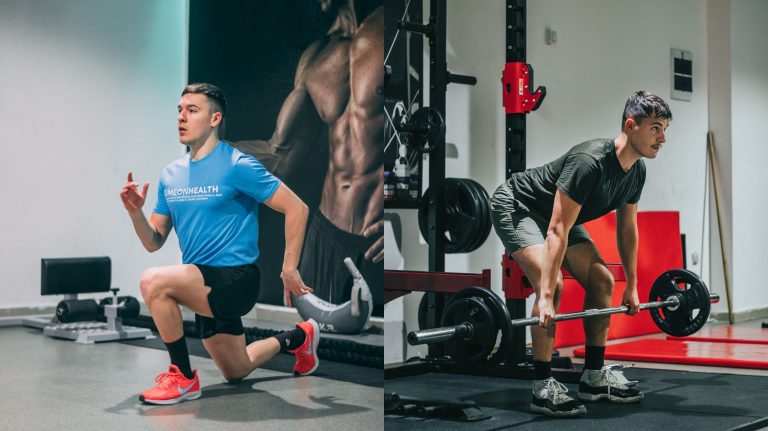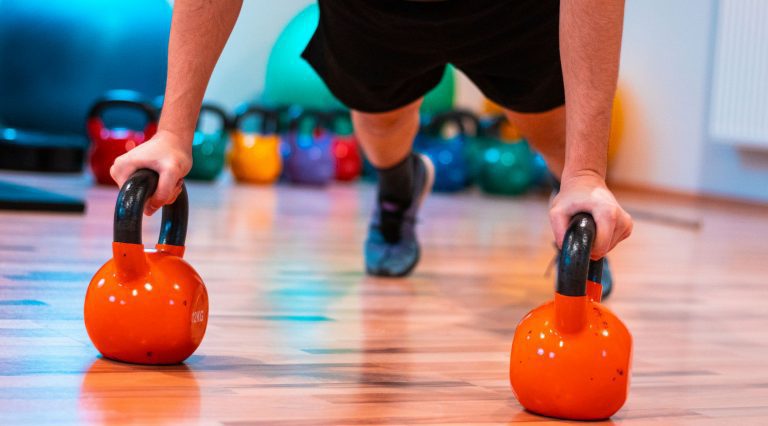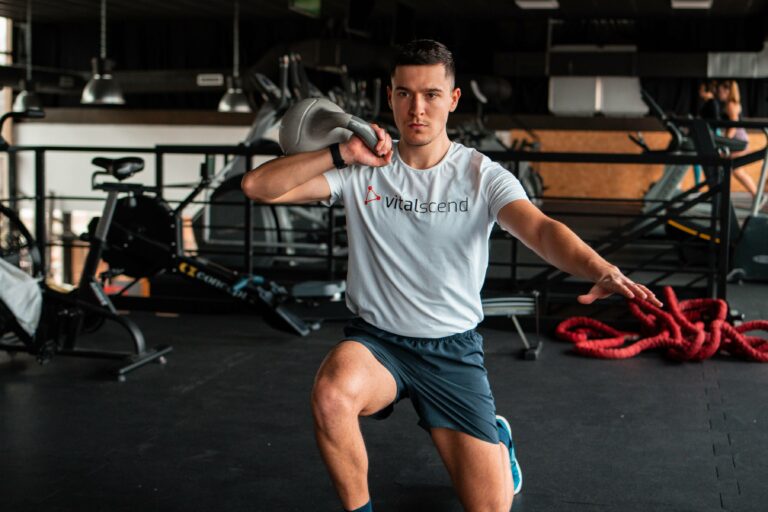27 Ways to Be More Active: Treadmill Desk, Ball Chairs, Ping-Pong & Active Transport
In the 21st century, we’re all on our devices. People sit at their desks for hours, robots clean our house, we pick the elevator and the car instead of taking the stairs or biking to work. Why? It’s fast, efficient, and convenient. But our health doesn’t think so.
The question of how to be more active grows in popularity. People look for different tricks, hacks, and tips to stay active, young, vital and fit. From ES devices to short breaks at work, pedal stations, and a standing desk to balance chairs, we’ll cover it all.
The Key to Health & Longevity: Low-Moderate Continuous Movement
The recommended physical activity guidelines from the American Heart Association are 150 minutes of moderate intensity or 75 minutes of vigorous-intensity weekly, for adults to maintain health. Plus 2x resistance training weekly, less sitting, and to have health benefits, you need to increase your activity level to 300 minutes. (1) (2)
Fun Fact
Low-to-Moderate Intensity activity is highly associated with a longer lifespan. People living 100 yrs+ in the blue zones share similar training philosophies. They garden, ride the bike, play with their kids, take long walks or hikes, and sit less.
While training for performance will require harder workouts, to stay fit and healthy the activity level isn’t so high and hard to sustain. Longevity is more related to low-to-moderate intensity activities, for a longer duration.
Simply put, being active, moving, and throwing the couch potato mentality will do the trick. You don’t need to lift 150 kg squat or run a marathon to be healthy in other words.
A sedentary lifestyle is linked to many metabolic syndrome diseases like obesity, diabetes, or cardiovascular diseases. (3) In Norwegian’s 20 years of sedentary lifestyle doubled early mortality risk. (4)
How Active Should You Be?
Being physically active can reduce mortality risk by 30-35% and prevent many metabolic syndromes or other lifestyle-related diseases. (5) Another 11-year follow-up showed that those who were active 2-3 times weekly have a 28% lower risk of mortality in the follow-up. (and that’s on 8.456 seniors) (6)
That being said, training has its J curve on health. Too little or too much is detrimental, somewhere in the middle sets you up for vitality. This means you don’t need 3h grueling workouts daily to live longer. (7) (8)
Excessive chronic endurance training can negatively impact heart health. Research shows that 2.5-5 hours of moderate-vigorous activity gives maximal health benefits. (10)
It’s recommended we get 7,000-8,000 steps, as that’s where the highest correlation between health & longevity is. After 10,000 steps, benefits reach a platoe and 10h+ activity weekly doesn’t produce the same longevity-promoting effect, and if in excess, it might be detrimental. (9)
summary
Low-to-Moderate intensity activity, less sitting and more moving around, biking, gardening, running, playing games, and being active are associated with health and longevity. Training has its J-curve, too little or too much can be detrimental. An active lifestyle prevents metabolic syndrome diseases and reduces early mortality risk.
26 Ways To Be More Active
A whopping 26 ways. We’ll be fast, I promise. Hopefully, some of these tips or hacks can broaden your horizons and give you some ideas about how to be more active, burn more calories, improve strength and aerobic endurance, as well as optimize your lifestyle for health, vitality, and longevity. Enjoy!
1. Take a Walk Outside
Talking a walk can not just clear your headspace, but it is also a great way to get active without much effort. Walking is pretty easy. As simple as it sounds, walking is enough to get your lungs working, blood flow going, and burning some calories. It’s a great starter.
Next time you need to go to the store, school, or the gym, try walking. It’s the anti-aging secret weapon, the easiest way to get your body moving. It is especially beneficial if you’re used to a sedentary lifestyle. To get some air, fresh nutrients, and oxygen in, and to break free from your chair.
While standing is better than sitting, walking definitely beats them both. In terms of energy expenditure, per 15 minutes participants burned 55.9 kcal walking, 21.9 kcal standing, and 18.6 kcal sitting. Do the math. (11)
2. Incorporate Long Weekend Hikes
Weekend hikes can be a great way to catch up with your partner and spend some time with your friends or family. While hiking alone may feel like a drag, having a partner or community around it can make it pretty fun.
It’s the thrill of hiking itself, you’re in nature breathing fresh air, letting go of daily stressors and work, and on top of that, burning some extra calories. Plus, hiking can be great for lower body musculature as your using your quads, hamstrings, glutes, and calves constantly.
Besides the usual heart health effects like blood sugar or better blood pressure regulation, hiking is known to decrease stress, and improve mood, creativity, and cognitive function. (12) (13)
3. Ride a Bike to Work: Active Transport
I was surprised to hear my sports medicine professor is his top secret to losing 20+ lbs. He said I just biked to work, and I was in a slight caloric deficit. As simple as it sounds, this is one of the best ways to actually lose weight and sustain it.
Adding daily habits of movement which doesn’t feel like “working out” makes it easier to maintain it. For many people cycling to work or school is a possibility, plus you don’t have to worry about gas and parking.
Cycling is known to promote many cardiovascular health benefits, as well as improve aerobic capacity, lipid profile, blood pressure, and body composition. (14)
4. Take the stairs, not the elevator
While climbing a few stairs here and there doesn’t seem like a big deal, for inactive people this can be pretty effective. Instead of taking the elevator everywhere, choose to take the stairs when possible. Climbing burns calories effectively because it activates large musculature, and your legs.
It’s funny when you see people coming to the gym by car, then using the elevator, just to go do a treadmill running session or stairs on a machine. Create that “I’ll take the stairs this time” habit.
5. Invest in a Standing Desk
Standing desks aren’t just a new trend. Standing does burn more calories, improves your productivity, and definitely improves muscle tone more than sitting. This doesn’t mean you need to stand all day, no.
With an adjustable desk, you can lift the desk to a comfortable standing level and continue with your work. It’s definitely good to take a break after a long sitting session, especially if you are tied to your device for 8 + hours.
Standing burns approximately 8 more kcal per hour than sitting. Doesn’t seem like much, but if you multiply that by working hours and days of the week, it adds up. Continuous sitting is related to obesity, diabetes, inflammation, etc. (15)
6. Take Short Work-Breaks to Stretch
Active work breaks have become pretty popular these days. It is no surprise that getting up every 20-40 minutes to do a few low-effort exercises like stretching, a couple of squats, arm circles, etc., can reduce the negative effects of sitting.
It goes beyond calorie burning. Active rests can improve productivity, reduce stress and improve muscle tone. Aside from that, it can combat the posture-deteriorating effects of too much sitting. By properly using active rest, we can be healthier, happier, and more productive.
The synthesis of 93 studies on work breaks effects shows that taking active breaks is an important way to allow employees to recover from high stress and work strain, and improve their mental and physical well-being, and work performance. (16)

7. Get Yourself a Dog
Never was a dog guy personally, before I got one. Dogs, cats, or other animals, just like kids will require your attention. For feeding, taking care of them, pouring water, cleaning their mess, etc.
Point is, pets won’t just make you run around and have fun, they’ll also contribute to your health. Humans need touch. Sleeping with a pet can increase the production of oxytocin, a known chemical that makes you feel happy, and loved, plus it can improve sleep. (17)
Also, you’ll sort of need to take your dog for a walk, so it’s a win-win situation. Dogs require you to take some breaks from an extremely busy and fast-paced lifestyle. This brings stress-reducing benefits but also makes you more active.
8. Less Cleaning Robots, More Cleaning for you
Cleaning robots can be fun, I agree with that. They tell you that you’ve made it. They can make you more productive. I agree. However, unless you’re moving enough, you’re a busy businessman that visits the gym or an athlete with a ton of workaround, you can take 30-45 minutes weekly to clean up.
Cleaning doesn’t have to be a drag. If you put the right music on, have the right equipment, know your home and structure your cleaning system, it can actually be a lot of fun.
NEAT is non-exercise-induced thermogenesis, or simply put your calorie-burning activities when you move, but don’t really work out. This is your biking, cleaning, and gardening. It is a crucial variable, which can lead to sustainable weight loss in inactive people, as low NEAT levels are associated with obesity. (18)
9. Make a Fun Family Cooking Time
Cooking is another form of moving, especially if you’re picking products fresh from your garden. In either case, the argument goes that cooking at home can be healthier than eating outside. It can have more natural products, is not overly processed, and is more nutrient-dense.
Besides the part that healthy eating and nutrition play in health, cutting veggies, sprinkling oils, baking cakes, and making bread are all activities that require cognitive and physical work AKA thinking and moving, which are healthy for you.
A cross-sectional study shows that those who had more home-cooked meals had healthier diets and better cardio-metabolic markers. Lower cholesterol, diabetes risk, and body fat. (19)
10. Start Gardening, It’s an Exercise
Gardening is one of the easiest ways for kids, adults, and seniors to get moving. Trust me, it’s hard to get my dad to do six-pack workouts. It’s so convenient for him to get a 250-300 kcal per hour workout in the garden, without realizing he’s actually pushing his body.
These kinds of methods that are fun, interesting, and have some purpose (like making your green space look nice) are the most sustainable ones. Besides improving muscle strength and balance in the garden, people also lose weight.
Gardening is one of the many strategies that patients should be encouraged to do. Not just to reduce air pollution and counteract climate change, but also for its potential mood-enhancing effects. (20)
11. At Parties, or at Home, Dance More
It’s no secret that dancing is a good physical activity. It gets your lungs working, and blood circulating and it burns calories. But there’s also the social aspect of parties. If done properly, it can reduce stress and anxiety, and also give you some physical benefits.
Pick an interesting class you want to engage in and go join a club. If you have a partner it can be a great way to spice up your relationship by learning some tango, salsa, bachata, salsa, or anything spicier. It’s also a cognitively demanding task that has other potent benefits on cognition and slows down brain aging.
Dance interventions can improve body composition, musculoskeletal function, and blood biomarkers, with potentially positive effects on heart health and perception of mobility. (21)
12. Use Electric Stimulation while Watching TV
It goes without saying that electric stimulation isn’t a replacement for physically working out. It’s always best to use bodyweight exercises or lift weights to gain muscle strength and hypertrophy.
But if you’re traveling a lot, your nervous system is fatigued, or you’re watching TV, using electric stimulation during passive times can work your muscles and stimulate hypertrophy.
Again, this isn’t a substitute for exercise and inactive people should focus on covering the basics first. However, it is a hack that athletes or active people use to keep their muscles working even when their NS is tired. It’s useful for recovery, strength, muscle tissue activation, and even mass.
Research shows that electrical stimulation can be an effective tool for muscle size, protein abundance, force production, etc. (22)
13. Incorporate Foam Rolling Massage
The reason I love foam rolling massage is that it also works the whole body. Many FR exercises you’ll find require you to stabilize your body, contract more muscles and increase body awareness.
Besides moving a bit more, foam rolling can provide a stress-reducing effect, improve blood flow in the muscles and help you regenerate faster.
In people who already work for mobility and flexibility, foam rolling can be a great way to alter these two. It can improve joint range of motion (ROM) and also has an anti-analgetic effect. (23)
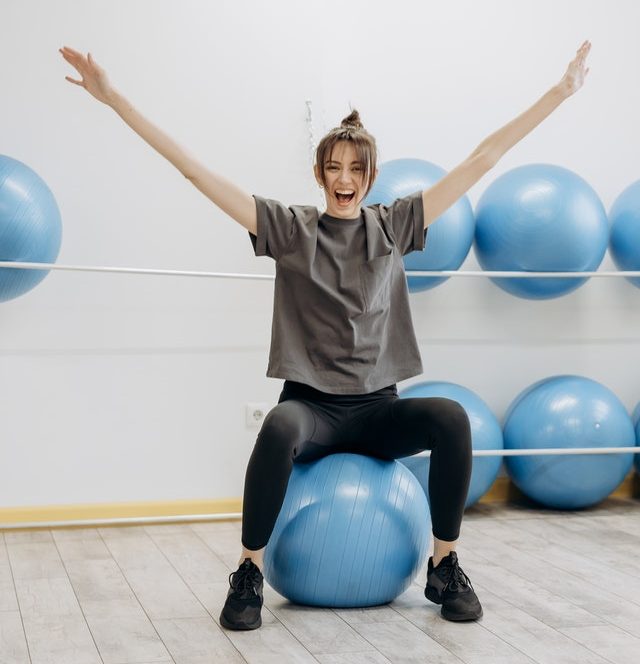
14. Sit on a Balance Ball for 30 Minutes Daily
Using a balance half-ball as a chair can improve core activation significantly. However, it is important to note that many people can’t comfortably sit for 8 hrs a day on a balance ball. Instead, just as with the standing desk, it’s an alternative option to add each 40-40 min of sitting.
Too much sitting causes back main mainly because it shortens the iliopsoas muscle, which pulls the pelvis back into lordosis. This increases spinal pressure posteriorly. What can we do about it?
Strengthening our core muscles is one. And that’s what sitting on this ball can do. In some people with low back pain, research shows a reduction in pain using the gym or a Swiss ball. (24) However, it’s not a definitive tactic, and definitely needs more research.
Sitting on a stability ball, also called dynamic has been proven superior to regular sitting for core muscle activation, especially the right external obliques. (25)
15. Park Further Away To Walk More
It sounds cheesy, but many people say I have no time to go for a workout. How bout parking 0.5 miles from your workplace, to get a fresh walk? Up and back that’s 1 mile (1.6 km) or 100 kcal.
If you’re not biking to work or school, this is definitely an option. Also, if you’re having lunch outside, instead of lying down after a good meal, try walking a few meters. Maybe don’t go by car when going out for a lunch, and have a fun walk back home.
16. Engage in Micro-Workouts
By micro-workouts I don’t mean the insanely intense HIIT for 10 seconds then repeating it 3-10 times. Although that can be efficient to boost your VO2max and aerobic endurance, many people can also benefit from the “easier” type of micro-workouts.
I first stumbled upon MW at Mark’s Daily Apple channel, where I’d see him performing just a few push-ups or squats here and there.
It’s convenient because you don’t have that resistance or stress before a workout. It’s nothing hard, grueling, or intense. It’s just a little bit of moving here and there, plus you don’t need to warm up if it’s such a low workload.
17. Join a Recreational Club, Socialize
Joining a club isn’t just about having another place to go to. It’s not just about working out. Usually, after joining a gym, people make friends who are also active and inspire them to move.
Sometimes the goal would be to get out of the house and mingle a bit. But also, working out in a public environment where others train can be motivational nonetheless. Joining a club also affects how we perceive ourselves. That feeling that we are part of an active community can support our “healthy identity” and gym habits.
18. Slow Walk After Lunch
Whether you have your lunch at home or outside in a restaurant, taking a few minutes to walk it out can be a great way to support your metabolism. Although after a big lunch it’s not a good time to perform intense activity since a lot of your blood is in the belly, helping with food digestion, a slow walk can enhance weight management.
Research shows that walking for 30 minutes at a brisk speed right after a meal helps you lose more weight than walking after an hour of meal consumption. (26) Some sources show walking after a meal helps lower blood glucose levels. (27)
19. Find A Fun YouTube Class (Tabata, Zumba)
For inactive people, one of the problems is they don’t know what to do. They feel overwhelmed by all the blogs, tactics, books, and training methods. Personal trainers seem expensive, so the internet can help.
I know it’s hard to visit the gym after a hard day of work for many adults, but squeezing in a 15–20-minute equipment-free home workout with some of the free YouTube classes seems possible. While I can’t get my parents to do burpees by themselves, it’s impressive how a screen can actually motivate you to move.
20. Listen to a Podcast or an Audiobook
My favorite way to get back to my active lifestyle is by listening to a podcast, and I don’t mean walking with headphones. I mean specifically the contents of the podcast or the audiobook. If these are health-related, giving you info on how to exercise, how to improve your health, different diet tips, etc., It can stimulate you to think, get inspired, and start experimenting.
The content we consume is of massive importance to our thinking, the actions we’ll take, and the ideas we get. What happens if you listen to a running or keto-diet podcast for 2 weeks? You tell me.
Some good ideas for starters can be The Human Upgrade podcast, Ben Greenfield Fitness podcast, Huberman Lab podcast, Mindpump, or The Wellness Mama podcast.
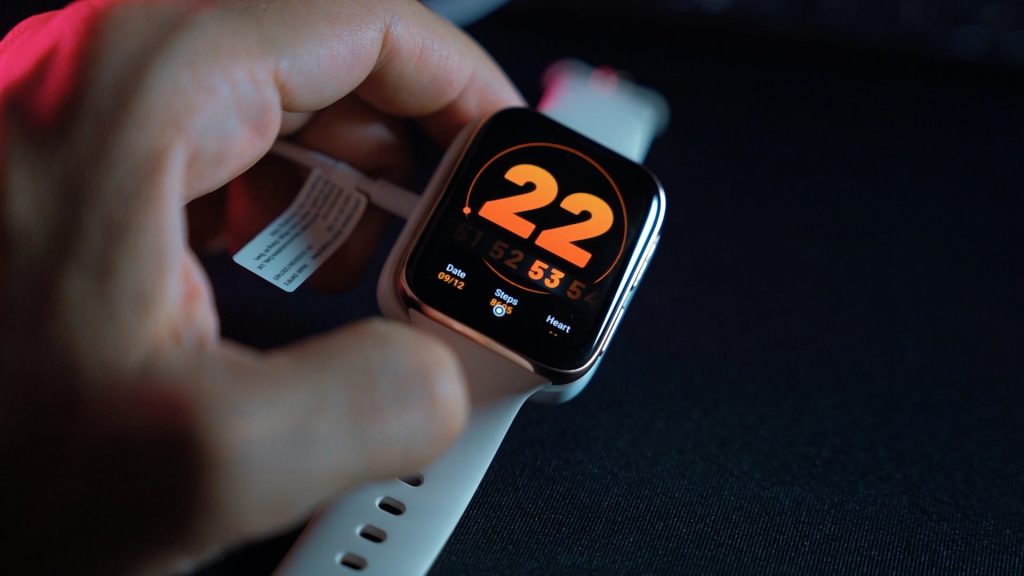
21. Place Workout Equipment in Your Living Space
One of the hardest things to do after work is a workout. Especially If you have to get up and go to the gym. Especially if working out needs a full setup to it.
So try to make working out as convenient as you can. Place a yoga mat next to your drawer. Throw a couple of dumbbells under your desk. Get yourself a standing desk with a minimal treadmill with no handles below it. Place your foam roller or massage guns next to your bed.
Making exercise easy and convenient is a whole art. But simple things you can do is set workout equipment around the house. Devote a place for doing yoga or bodyweight workouts. Place a pull-up bar on your door, it will remind you to do a couple of pull-ups.
This is different for everyone, but find what makes working out possible, easy, and convenient for you. Shift and develop your environment to stimulate you, to inspire you to work out.
22. Use Pedal Machines Under the Desk
For people working in the office for a long time, an easy way to burn extra calories is cycling along. What do you mean? There are mini, portable pedal exercise machines that you can cycle on while doing your work.
It doesn’t just help burn more calories, it protects your brain. By pedaling, you also perform both physical and cognitive tasks. Your brain gets used to multifunctioning. Using your brain is one of the best ways to slow down neurological decline.
Research shows that adding a pedal machine below your desk can reduce inactive or sedentary time at work. (28)
23. Get Yourself a Mini-Treadmill
It seems like the ultra-entrepreneur thing to do, just like listening to a podcast while running, but it’s a pretty convenient tool. Mini treadmills come with no handle, they easily fit everywhere, and you can put them below your desk at work or bed at home.
The idea is to walk while working on the computer. In terms of brain function, this is also a great anti-aging tool for your brain using a combination of physical and cognitive tasks.
Standing is way better than sitting, but walking beats standing any day of the week. By walking and working you’ll be burning more calories, improve circulation and oxygenation and get your lungs and heart working.
Just as pedal stations, treadmills at work are feasible interventions to improve energy expenditure AKA metabolic rate, and be more active while working. (29)
24. Use a Step Tracking Device, Put in Extra Steps
Tracking steps may be motivational for some people, especially if they’re eager to join a challenge. While it isn’t standard practice for athletic people, many bodybuilders use step-tracking to determine their calorie expenditure.
Tracking steps can also give you an idea of how much you walk daily, to determine if you are over or under the recommendation. It is recommended that you take around 7,000-8,000 steps daily, while the gold standard for many health enthusiasts is 10,000.
While it may be harder to achieve these steps for relatively inactive people, it is good to strive for a higher-step goal. Seems a bit surprising, but many people using smartwatches, bracelets, rings, or smartphones to track steps seem to walk more. Good options are FitBit, apple watch, and Garmin.
25. When Shopping, Pick the Big Malls
Currently, in Slovenia, I’ve come across many Ikea billboards which claim that the store path is 10.000 average steps in length. If you’re into shopping, big malls can make you walk way more without even realizing it’s exercise.
Instead of using the elevator stairs, take the real ones if there are some. It activates leg musculature, burns calories, and is a fairly good type of cardio.
26. Plan active nights (virtual reality tennis)
Active nights are my favorite thing. Instead of doing the usual dinner and Netflix thing, once or twice a week we can aim to get some physical activity while having a lot of fun.
Talk to your partner or a friend, if they are interested in playing some sport, just for fun, no competition. The idea of having a trampoline jumping session or playing real or virtual tennis seems pretty interesting.
Many people will forget they’re even working out and moving. It’s pretty fun to play tennis, and even virtual games can get you moving. You can buy a mini basketball rim and throw some hoops with your partner, why not?
27. Play some Ping-Pong, easy to set up at home
There are thousands of fun games that you can set up at home, or visit a local bar or club that has them. You can play ping-pong, 8-ball pool, table football, or even chess.
These activities don’t just get you moving, but they engage your brain and are cognitively demanding. In general, racquet sports are known to improve cognitive function, slow down aging and help you live longer.
As posted at Brain and Memory Health ping pong may lead to cognitive improvements in people with dementia, as it activates many (5) parts of the brain. The requirement for fine motor control, hand-eye coordination, and anticipation activates a large part of your brain, hence why ping pong may be “cognitively superior” to many sports. (30)
Conclusion
Being more active is one key factor for health, vitality, and longevity. Incorporate more active transport, bike, or walk to work/school. Set workout equipment in your office/home to make it convenient to work out (yoga mats, resistance bands). Get yourself a step counter, invest in a standing desk, a mini-treadmill, or a pedal machine. Sit on a balance ball to improve core strength, and do some pulling motions for better posture. Schedule active play nights, play some ping-pong, virtual tennis, chess, 8-ball pool or jump the trampoline, it is anti-aging for your brain. Start gardening, walk your dog more often, pick weekend hikes and stay on top of your game.

